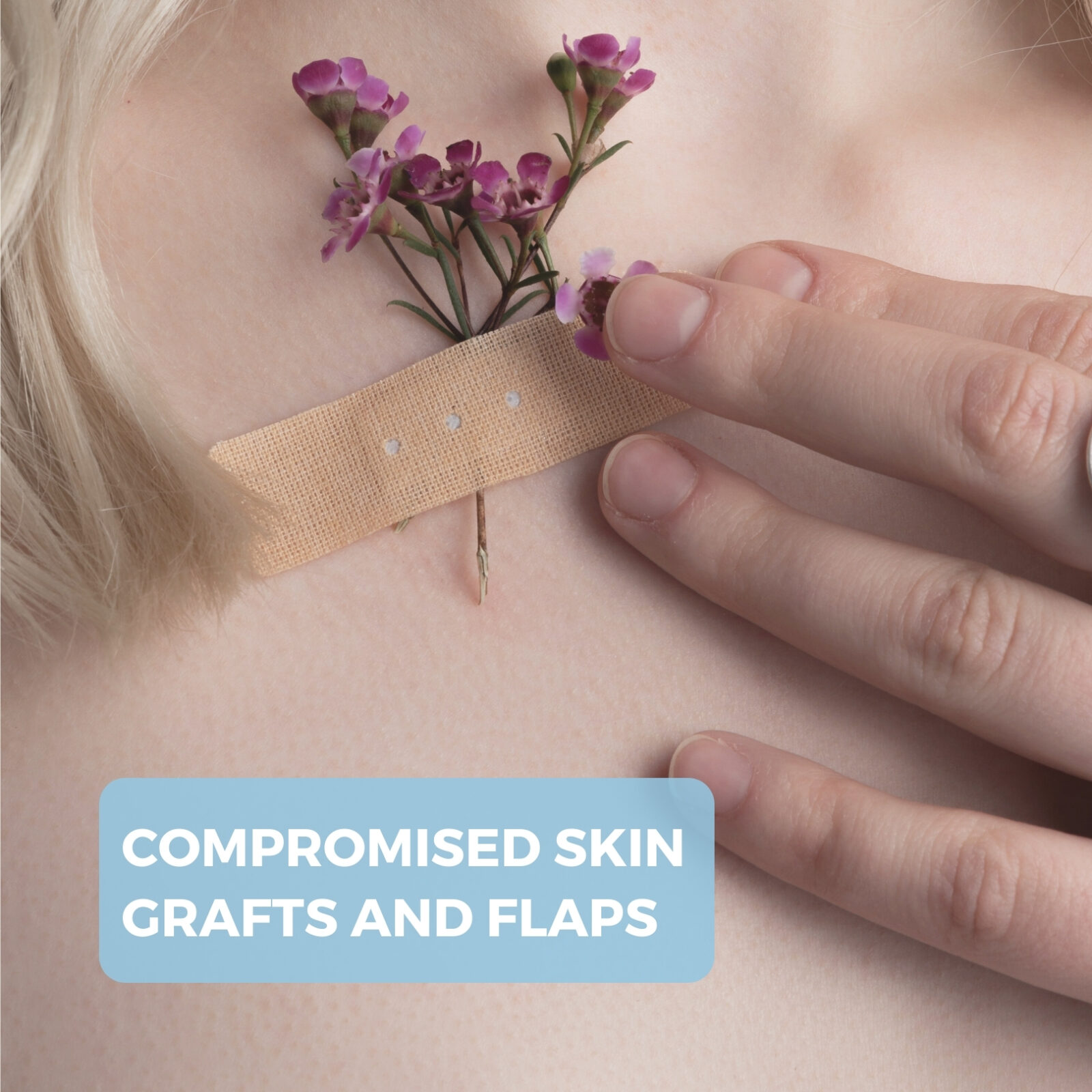
The Role of Hyperbaric Oxygen Therapy in Saving Compromised Skin Grafts and Surgical Flaps
Understanding Compromised Grafts and Flaps
Skin grafts and flaps are vital reconstructive techniques used after trauma, surgery, or chronic wounds. However, when these tissues become compromised—due to poor blood flow, infection, or swelling—their survival is at risk. Without adequate oxygen, cells struggle to regenerate, and tissue necrosis can occur. This is where Hyperbaric Oxygen Therapy (HBOT) can make a life-saving difference.
What Is Hyperbaric Oxygen Therapy (HBOT)?
Hyperbaric Oxygen Therapy involves breathing 100% medical-grade oxygen inside a pressurized chamber, typically at two to three times the normal atmospheric pressure. This process allows oxygen to dissolve directly into the bloodstream and reach tissues that are normally oxygen-deprived. The result is a powerful increase in tissue oxygenation that supports healing from the inside out.
How HBOT Supports Skin Graft and Flap Healing
When a skin graft or flap shows signs of poor perfusion—such as discoloration, coolness, or delayed healing—time is critical. HBOT helps reverse these issues through several mechanisms:
- Enhanced Oxygen Delivery: Increases the amount of oxygen reaching compromised tissues, even in areas with limited blood supply.
- Reduced Swelling and Inflammation: The pressurized environment helps decrease edema, improving blood flow to the affected area.
- Stimulation of New Blood Vessels: HBOT promotes angiogenesis (new capillary growth), which strengthens the graft or flap’s long-term survival.
- Infection Control: High oxygen levels inhibit anaerobic bacteria and enhance white blood cell function, reducing the risk of infection.
Together, these effects help restore viability and prevent graft or flap failure—often saving patients from repeat surgeries.
Clinical Evidence and Outcomes
Multiple studies have demonstrated that HBOT significantly improves outcomes for patients with compromised skin grafts and flaps. The Undersea and Hyperbaric Medical Society (UHMS) recognizes HBOT as an approved indication for this condition. Patients receiving adjunct HBOT typically experience faster healing times, fewer complications, and better cosmetic results.
When to Start HBOT
Early intervention is key. Surgeons often refer patients for HBOT at the first sign of graft or flap compromise. A typical treatment plan may involve twice-daily sessions for the first few days, followed by daily sessions until tissue viability is restored. Each session lasts about 90 minutes, depending on the clinical response.
Conclusion
Hyperbaric Oxygen Therapy offers a powerful, evidence-based solution for salvaging compromised skin grafts and flaps. By improving oxygen delivery, promoting new tissue growth, and reducing infection risk, HBOT helps ensure successful outcomes for both patients and surgeons.
If you or a loved one has undergone reconstructive surgery and notice signs of graft or flap compromise, consult a hyperbaric medicine specialist to see if HBOT is right for you.